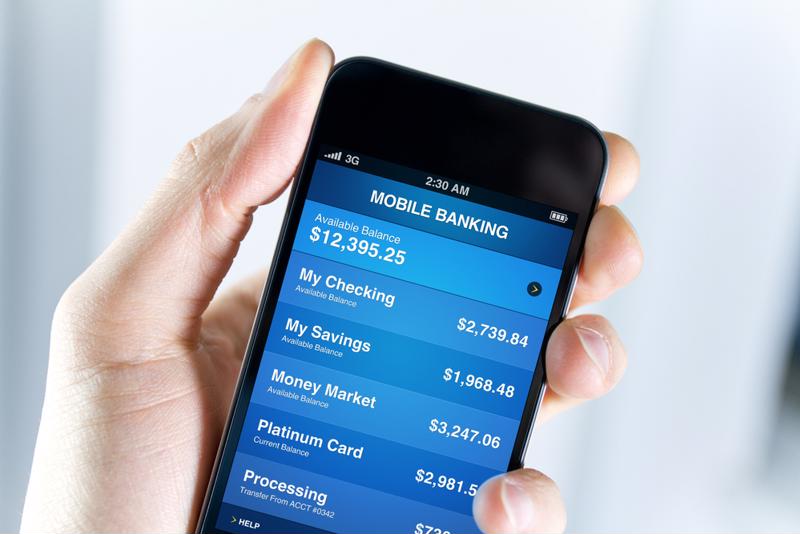E-commerce has come a long way in the past decade thanks to the support of electronic payment services such as PayPal. However, this space is changing rapidly with support from mobile devices and the universal nature of computing. The Guardian cited a World Payments Report from 2014 that found e-payment transactions will grow in usage by 16 percent this year, while the mobile payment processes will experience a boost in popularity of nearly 60 percent.
It seems as though B2C organizations are the ones readily accepting electronic and mobile payments, even if it is only occurring on the consumer side of transactions. Obviously, PayPal started the electronic transaction trend, but ApplePay and the iOS devices running that software have pivoted the industry away from the World Wide Web and toward the Internet in general.
Focusing on the consumer
Even PayPal knows that consumers want mobile payment experiences, whether that’s in the form of NFC contactless transactions or mobile applications such as Venmo, a peer-to-peer money transferring service, or Square, a peripheral for smartphones and tablets that allows small companies to accept credit and debit card transactions. Due to the undefined parameters surrounding electronic and mobile payments, it makes sense that companies such as PayPal are testing all possible outcomes.
“E-payment transactions growth will reach 16 percent in 2015, while mobile payment processes will experience a 60 percent boost in popularity.”
For example, Mobile Payments Today reported that PayPal acquired Paydiant. With this partnership’s application, either the consumer or the merchant will show a QR code to one another and the trademark will need to be scanned to complete the transaction. The goal here is to keep all data off of the shoppers device and away from the retailers systems, as all transaction information will reside in the cloud.
This focus on the consumer is also demonstrated by Samsung’s willingness to introduce Samsung Pay. According to the source, this will be very similar to Apple Pay, letting users load credit card information into an app and then masking credentials with tokenization.
SAP, Visa and targeting B2B
The push in the B2C space for mobile and electronic payment might start to impact B2B merchants, suppliers and customers. Unfortunately the corporate environment is far more stubborn when it comes to hopping on bandwagons. It’ll take two major giants in technology, payment processing and business transactions to ignite a fire under the B2B transactions market.
Fortunately, SAP and Visa are stepping up in a big way. Forbes reported that the two organizations are working together to provide corporations with a simple way to complete transactions through their Visa Commercial issuer using SAP Financial Services Network, a cloud-based service that connects SAP ERP systems with banking institutes. According to the source, over 16,000 banks around the world have already linked up with enterprises via SAP’s FSN.
“As companies shift from labor-intensive, paper-based processes to more efficient electronic procurement systems, having the option to pay with Visa will help simplify the process and bring many benefits,” said Edward Fordyce, head of global commercial solutions at Visa, Forbes reported.
 Consumers love mobile banking, but B2B merchants are hesitant about electronic payment processes, most likely due to a lack of options.
Consumers love mobile banking, but B2B merchants are hesitant about electronic payment processes, most likely due to a lack of options.This is a major step toward electronic B2B transactions becoming the industry standard, despite that certainly being very far off, and Visa and SAP are both well aware of that. In the modern era, it’s just hard to avoid the obvious benefits of implementing electronic payment systems. Sanjay Chikarmane, general manager of information management and FSN at SAP, explained to the source that integrating ERP systems with FSN makes reconciliation easier and provides more visibility into corporate cash flows. If B2B merchants take that extra step and integrate payment processing systems, they can go completely digital.
Impacting the bottom line
The shift to electronic B2B payments seems so obvious when looking at the benefits. For example, by keeping transactions and payment processing in a virtual space, there will be far fewer cases of in-person fraud, payment card theft and human error. Data can be encrypted, tokenized, virtualized and protected behind a firewall, while physical payment devices such as checks can easily be lost, stolen or simply take far too long to arrive at its destination.
Then, there is the financial side of electronic payments. Forbes reported that manual invoicing faces expenses such as paying staff to enter data, managing the routing of paper invoices, dealing with error and handling vendor inquiries. These are all processes that can easily take place in a digital environment, and more than half of them can be automated. Additionally, thanks to the cloud, electronic payment systems no longer even require expensive on-premise hardware and software.
Consumers are certainly driving the future of electronic payments, but with continued support from companies such as SAP and Visa, there is hope that B2B merchants will make the move to digital processes. The rest of the burden falls on enterprises. The tools are available to make the switch to electronic transactions and payment processes, and it’s getting to the point where it could seriously impact the bottom line of an organization.
[horizontal_line]
Does Your Business Need Help Accepting Electronic Payments?
[spacer_div_10]
[button_link]We Can Help[/button_link]


